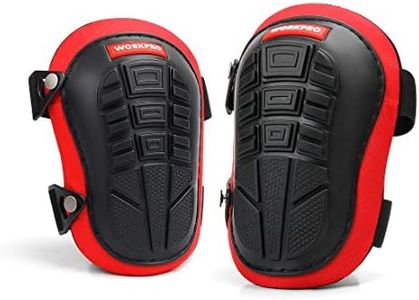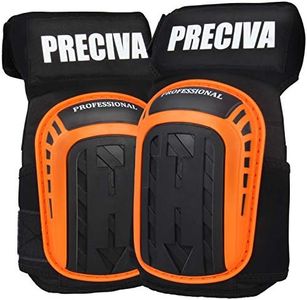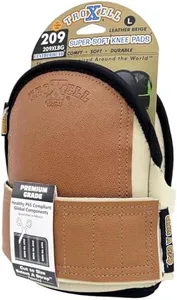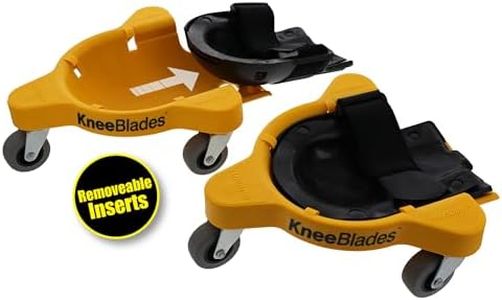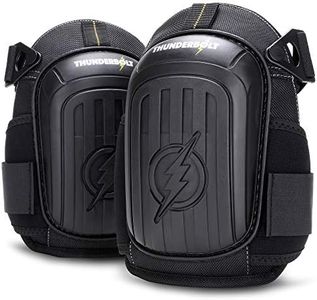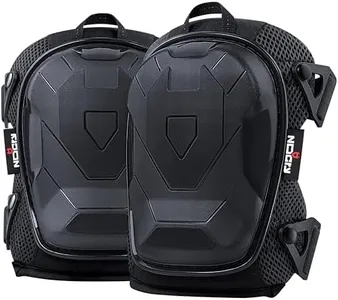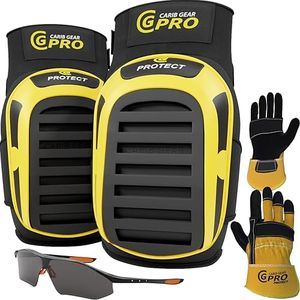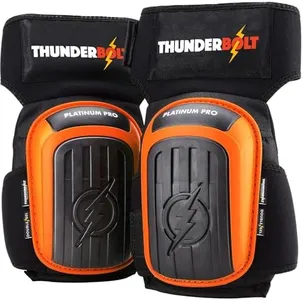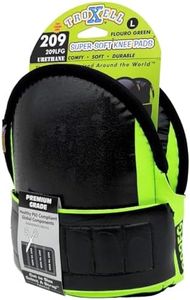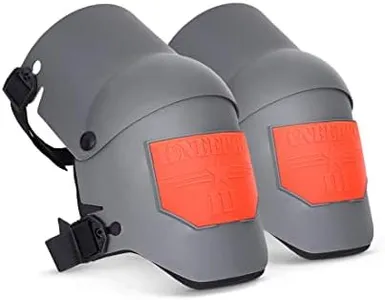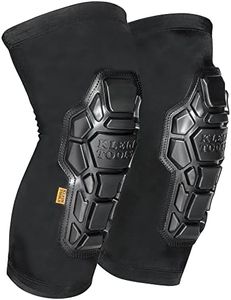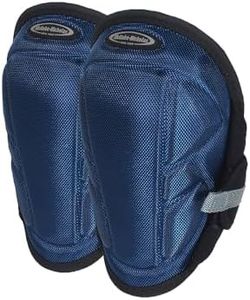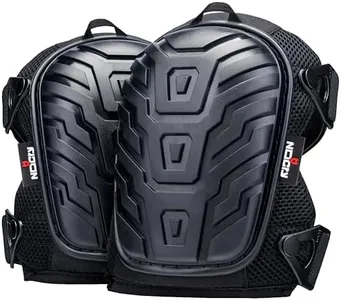We Use CookiesWe use cookies to enhance the security, performance,
functionality and for analytical and promotional activities. By continuing to browse this site you
are agreeing to our privacy policy
10 Best Roofing Knee Pads
From leading brands and best sellers available on the web.Buying Guide for the Best Roofing Knee Pads
Choosing the right roofing knee pads is crucial for anyone spending significant time working on rooftops. Good knee pads protect your joints, prevent pain, and help you stay comfortable and safe during long hours of work. The key is to balance comfort, protection, and functionality so you can focus on your job without being distracted by discomfort or constant adjustments.Padding Thickness and MaterialPadding thickness refers to how much cushioning is inside the knee pad, and the material might vary from foam to gel or a combination. This spec is important because it determines how well your knees are protected from hard roof surfaces and prolonged pressure. Thin padding is lighter and works for quick tasks or lighter use, while thick gel or multi-layered padding offers more comfort and shock absorption for long or strenuous work. If you work on your knees a lot or have previous joint pain, opt for thicker, high-quality padding for enhanced protection.
Outer Shell DesignThe outer shell is the hard exterior covering the knee pad, and its design matters for durability and grip. Some pads have a smooth hard shell for easy sliding across certain surfaces, while others have a rougher texture or ridges for better grip and stability on sloped or slippery roofs. If you often work on pitched or shingled roofs, a textured or treaded shell will keep you more secure, while a smoother shell may be better if you need to kneel and slide around flat, smooth surfaces.
Strap Comfort and SecurityThe straps hold the knee pads in place, and their comfort and adjustability affect whether the pads stay secure without cutting off circulation or causing irritation. Thin or poorly padded straps are often less comfortable, especially during long sessions, while wider, adjustable, or contoured straps distribute pressure more evenly and reduce slippage. For all-day wear or frequent movement, look for pads with thick, adjustable or stretchable straps to prevent them from sliding down or digging into your legs.
Weight and FlexibilityWeight and flexibility help determine how easy the knee pads are to move around in. Heavier pads usually offer more protection but can be cumbersome, while lightweight models allow for more freedom but may lack toughness. Flexible pads allow your knees to bend and move easily, which is essential when kneeling, standing, or walking frequently on a roof. If your work is fast-paced or involves a lot of movement, choose lighter and more flexible pads, while slower, stationary work may benefit from heavier, extra-protective models.
BreathabilityBreathability means how well the knee pads allow air flow to keep your knees cool and dry. Pads with better breathability are important if you work in hot conditions or sweat a lot, as they reduce discomfort and help prevent skin irritation. Look for knee pads with mesh panels or moisture-wicking linings if ventilation is a concern during your typical workday.

